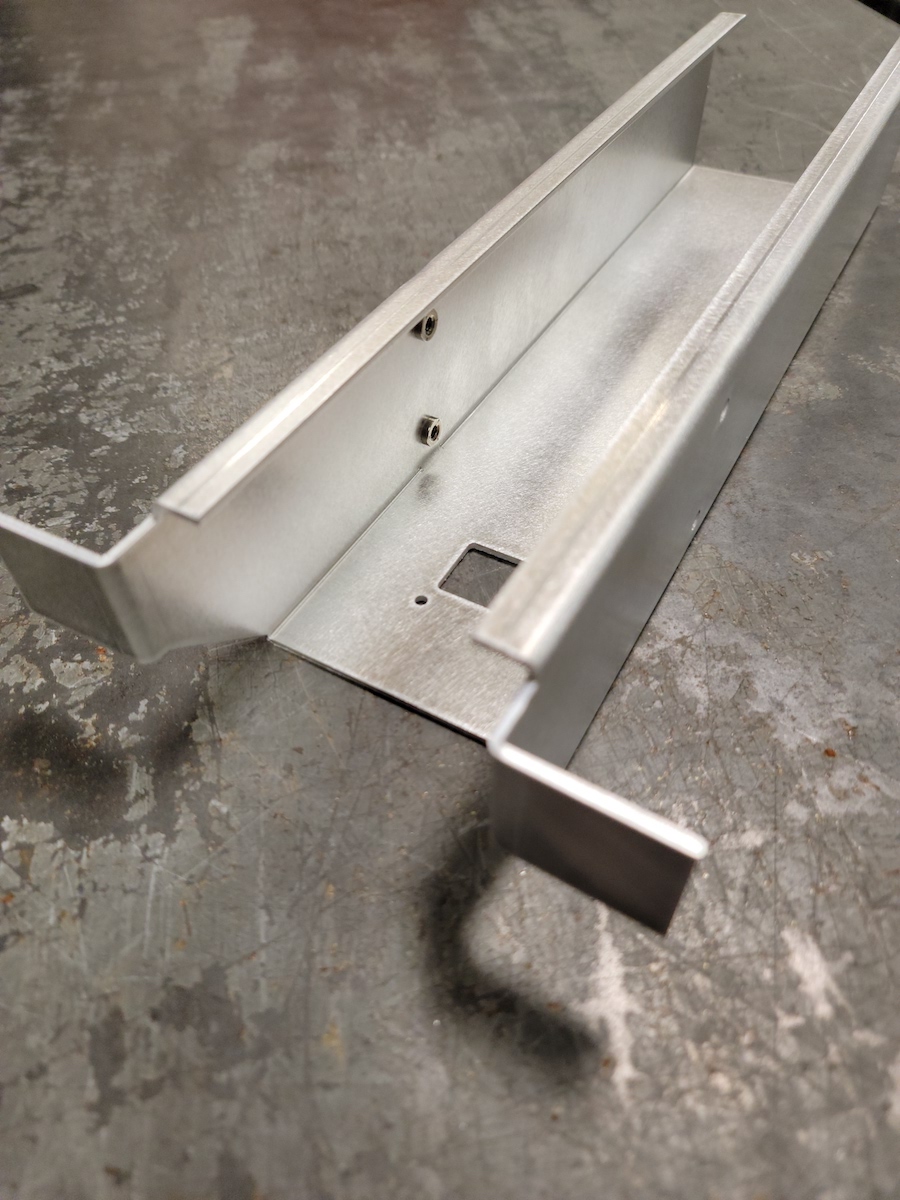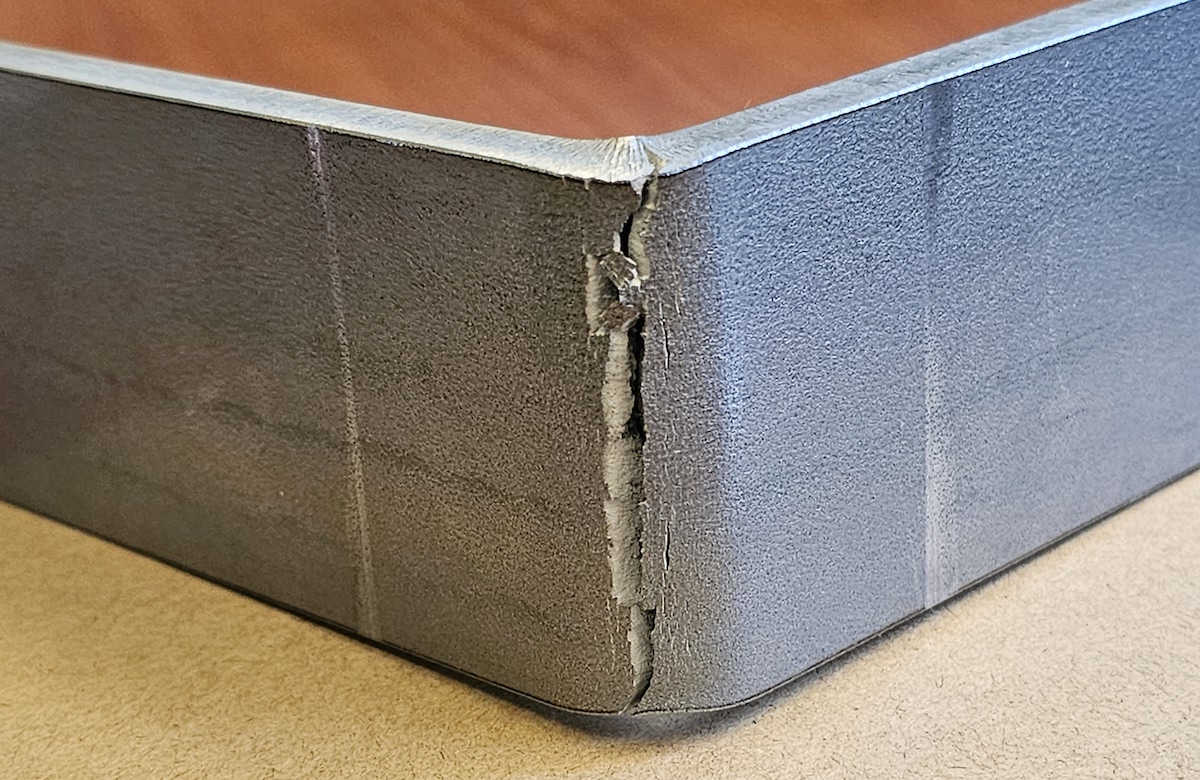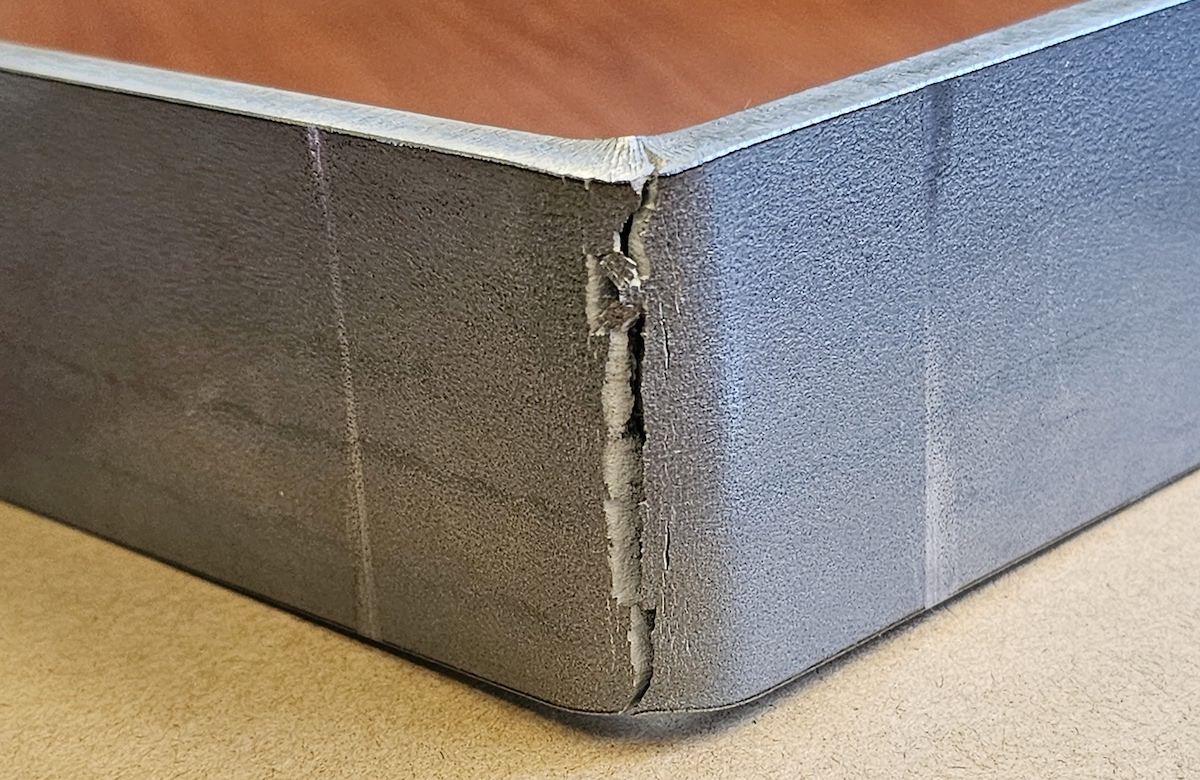Key Factors to Consider When Choosing an Aluminum Alloy for Press Brake Forming

Aluminum alloy is used for a variety of different applications including automotive, aerospace, and even as a replacement for steel in some applications. The type of alloy used will impact the mechanical properties of the final product. With hundreds of different alloys, each with its own set of characteristics that fit different applications better than others, how do you choose the right alloy? Here are some key factors to consider when selecting the best aluminum alloy for press brake forming:
Strength and hardness
In the process of press brake forming, the metal is subjected to substantial stress, which can lead to deformation or even fracture in materials with inadequate strength. Aluminum, as a relatively soft and light metal, is particularly susceptible to such problems. The alloys 6061 and 7075, however, are of exceptional quality in terms of their strength and hardness. These alloys are enhanced with elements like magnesium, silicon, and zinc that significantly increase their mechanical properties, making them highly resilient under intense pressure. Furthermore, they maintain a good degree of flexibility, which reduces the risk of cracking during complex forming applications. This makes them perfect for use in high-precision, high-stress environments such as press brake forming.
Formability

Formability measures how readily a substance can be manipulated and transformed into a specific shape without compromising its structural integrity or causing damage like cracks. For aluminum alloys, this becomes a paramount consideration during processes such as press brake forming. In this context, the 5052 aluminum alloy stands out for its excellent formability. It is intrinsically ductile and resilient, which allows it to be molded into intricate shapes with less risk of fracture or deformation. On the contrary, the 6061 aluminum alloy, despite its strength and hardness, tends to be more brittle, making it susceptible to cracking when subjected to certain forming processes. This brittleness can introduce challenges in achieving precise formations, underlining the necessity to choose the alloy considering its formability based on the specific demands of the application.
Weldability
In the realm of metal fabrication, welding plays a pivotal role as a follow-up to press brake forming. Therefore, the selection of an aluminum alloy should factor in its compatibility with welding techniques. Notably, the 6061 and 5052 aluminum alloys stand out for their exceptional weldability. These alloys are highly compatible with various welding methods, such as MIG (Metal Inert Gas) and TIG (Tungsten Inert Gas), allowing for strong and reliable joints. Their composition, featuring elements like silicon and magnesium, helps facilitate the flow of welding material and mitigates the risk of defects such as porosity or cracking in the weld. This characteristic simplifies post-forming assembly processes and enhances the overall durability and integrity of the final product. These alloys prove to be a practical choice for operations where welding is an integral part of the fabrication process.
Corrosion resistance
In various industrial and environmental conditions, materials are exposed to corrosive forces that can gradually degrade their integrity. When selecting an aluminum alloy, its resistance to corrosion can be a key determinant, particularly for applications in harsh environments. Aluminum alloys in the 1XXX series exhibit superior corrosion resistance due to their high purity. However, they can present certain challenges when it comes to welding, potentially limiting their applicability in some scenarios. On the other hand, the 5052 and 6061 aluminum alloys strike a balance between corrosion resistance and weldability. These alloys showcase a good degree of resistance against elements like water, salt, and a wide range of chemicals, ensuring their durability in a broad range of applications. At the same time, their favorable welding characteristics simplify the fabrication process. This dual advantage makes them a well-rounded choice for scenarios demanding both corrosion resistance and weldability.
Cost
Economic factors play a significant role in determining the choice of aluminum alloy for a particular application. Alloys such as 7075, renowned for their high strength and hardness, come at a premium due to the advanced processes and elements involved in their manufacturing. While these high-strength alloys can offer superior performance in certain demanding applications, their cost may be prohibitive for many projects, particularly those with budget constraints. In contrast, alloys like 5052 and 6061 provide a cost-effective solution. When balancing performance requirements against budgetary considerations, alloys like 5052 and 6061 often emerge as more economical choices without significantly compromising the quality of the final product.
Summary
Choosing the right aluminum alloy for press brake forming involves considering several factors. These include strength, how easily it can be formed into shape, weldability, corrosion resistance, and cost. There’s a wide range of aluminum alloys to pick from, each offering different qualities for various applications.
For instance, 6061 and 7075 are known for their high strength and hardness, making them suitable for jobs involving high pressure. In contrast, 5052 stands out because of its excellent formability, allowing it to be shaped into precise forms without much risk of damage.
When it comes to welding, 6061 and 5052 are top choices due to their exceptional weldability, ensuring sturdy and reliable connections. If corrosion resistance is a major concern, the 1XXX series alloys are superior, but 5052 and 6061 also provide a good mix of resistance to corrosion and ease of welding.
While strong alloys like 7075 may come with a higher price tag, alloys like 5052 and 6061 are more cost-effective while still offering good performance. Hence, by understanding these factors and aligning them with your specific needs, you can enhance the efficiency and outcomes of your press brake forming process.
| Alloy | Strength | Formability | Weldability | Corrosion Resistance | Cost |
|---|---|---|---|---|---|
| 1XXX series | Low | High | Moderate | Very High | High |
| 5052 | Moderate | High | High | Good | Moderate |
| 6061 | High | Moderate | High | Good | Moderate |
| 7075 | Very High | Low | Low | Moderate | High |
Key:
- Strength: The ability of the alloy to withstand pressure and deformation during press brake forming.
- Formability: The ease with which the alloy can be shaped without cracking or damaging.
- Weldability: The compatibility of the alloy with various welding techniques.
- Corrosion Resistance: The alloy’s resistance to degradation from exposure to corrosive elements.
- Cost: The relative cost of the alloy, with consideration to both the material cost and the processes required for its manufacture and use.
Our team of design engineers and estimators are available to help review your project and make recommendations to reduce total project cost by evaluating all these variables. Please contact us or fill out the form below if we can help with your project.
